The Year 2020 in Pictures
It was a tough year on planet Earth. The COVID-19 pandemic ravaged the globe while protesters around the world rallied to end systemic racism. Space exploration is an inherently optimistic endeavor. Amidst the year’s turmoil, we saw some truly awe-inspiring cosmic moments. In May, astronauts Bob Behnken and Doug Hurley flew a SpaceX Crew Dragon to the International Space Station and back, completing the first-ever commercial, crewed, orbital spaceflight. The mission rejuvenated our appreciation for the beauty and drama of human spaceflight.
We were also inspired by the launch of 3 new Mars missions. Although the pandemic significantly slowed most space activities, technicians in multiple countries managed to meet a brief launch window that only comes around every 2 years when Mars and Earth are optimally aligned. The name of 2 missions, Perseverance and Hope, took on a whole new significance.
High above Earth, The Planetary Society’s LightSail 2 spacecraft continued to demonstrate solar sailing technologies while capturing beautiful pictures of our planet. Elsewhere in the solar system, NASA’s OSIRIS-REx successfully collected a sample from asteroid Bennu while Hayabusa2 flew back to Earth carrying dust and rock from asteroid Ryugu. In September, scientists using Earth-based telescopes announced that they had found phosphine on Venus, raising the prospect for life existing there. With these accomplishments came the reminder that we humans can do incredible things when we work together, and there is hope for better days ahead.
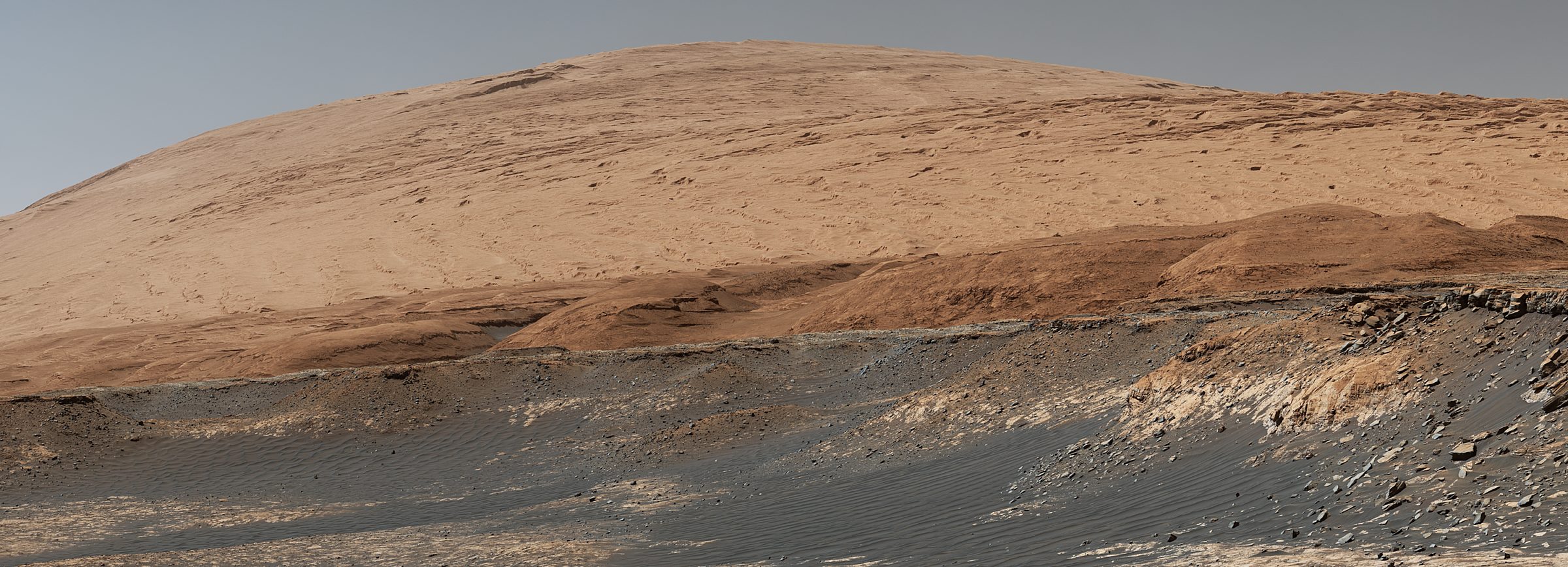
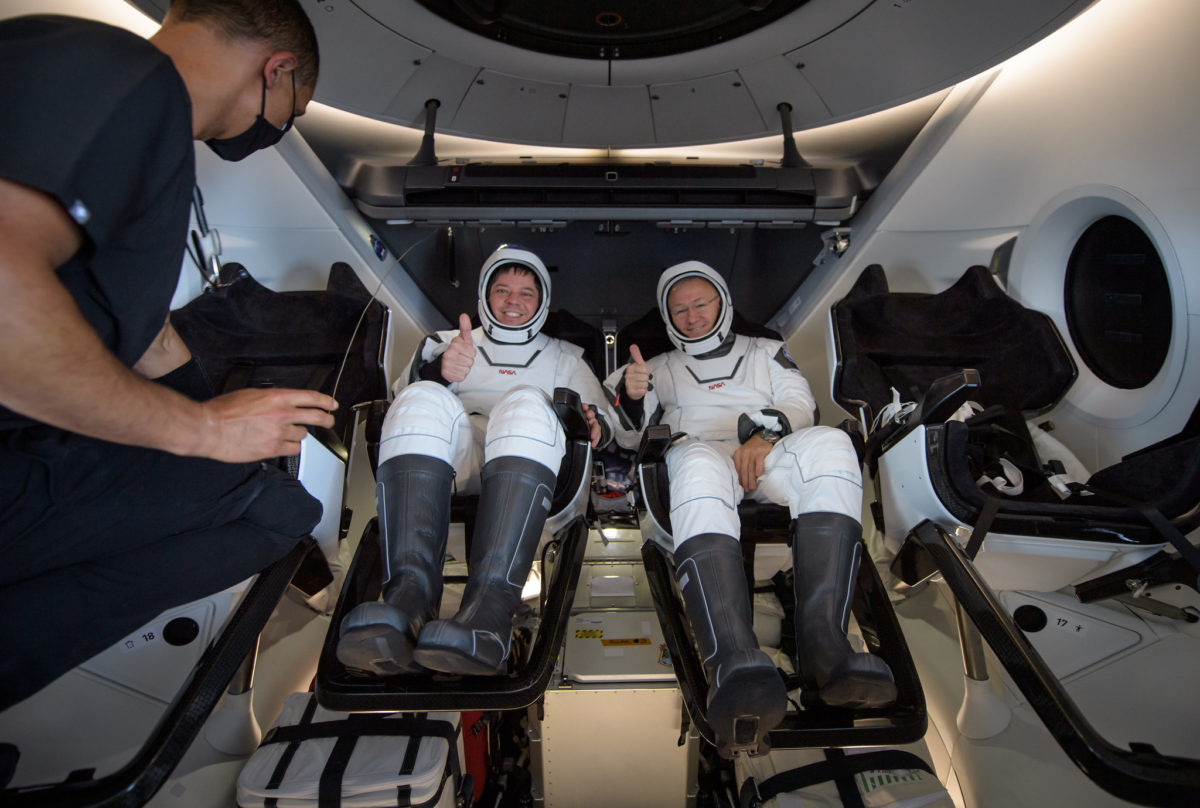
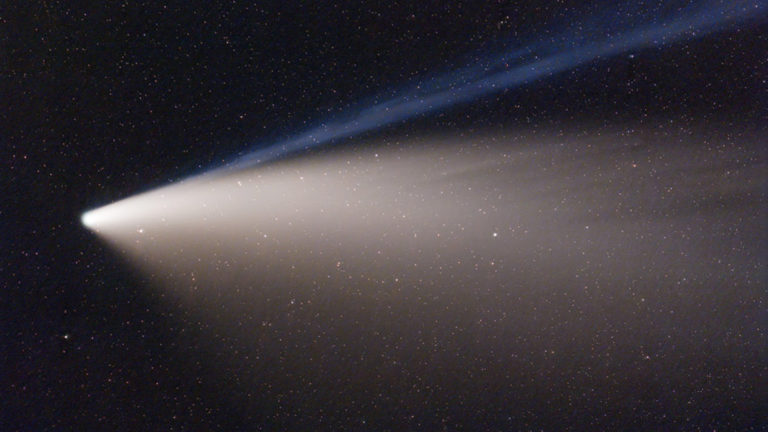

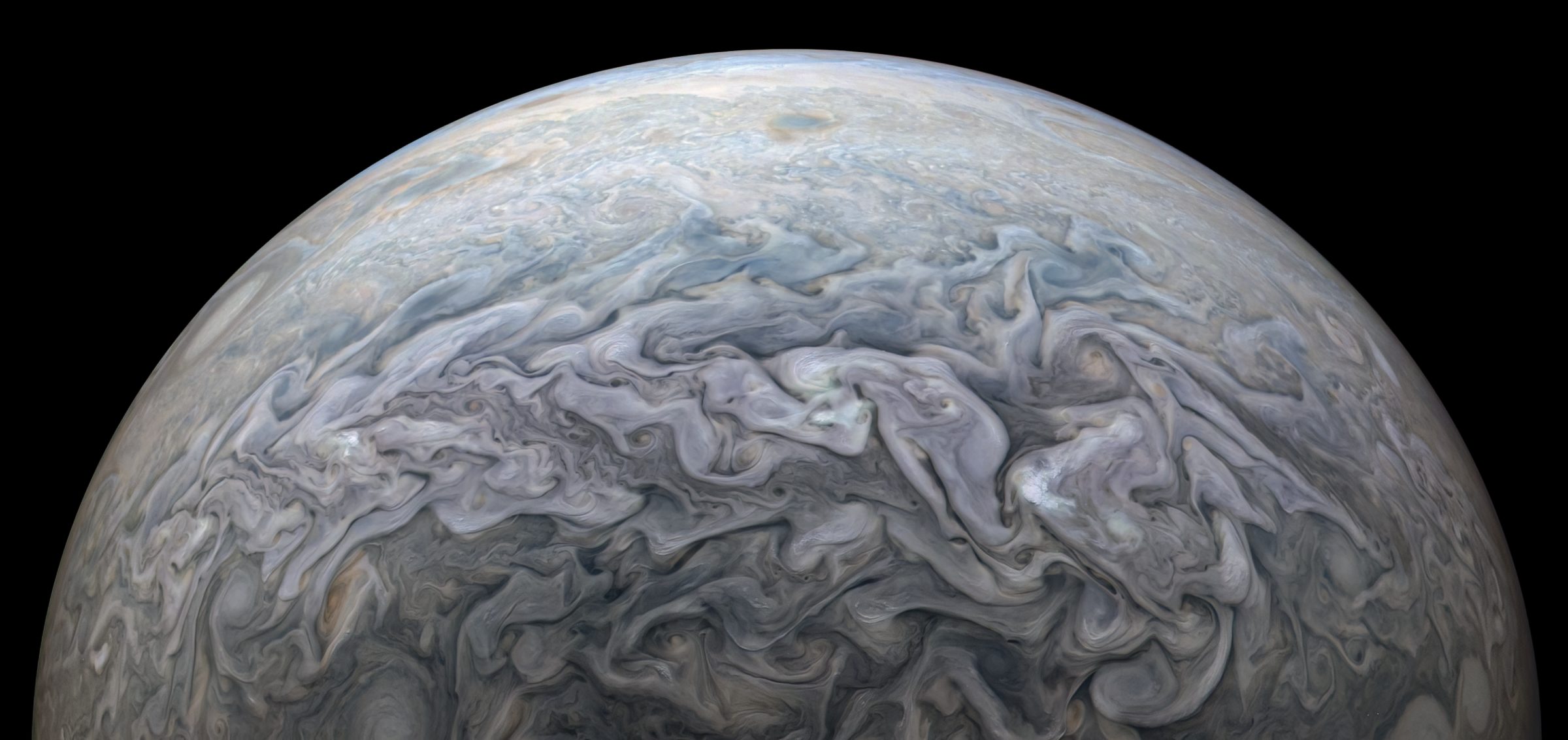
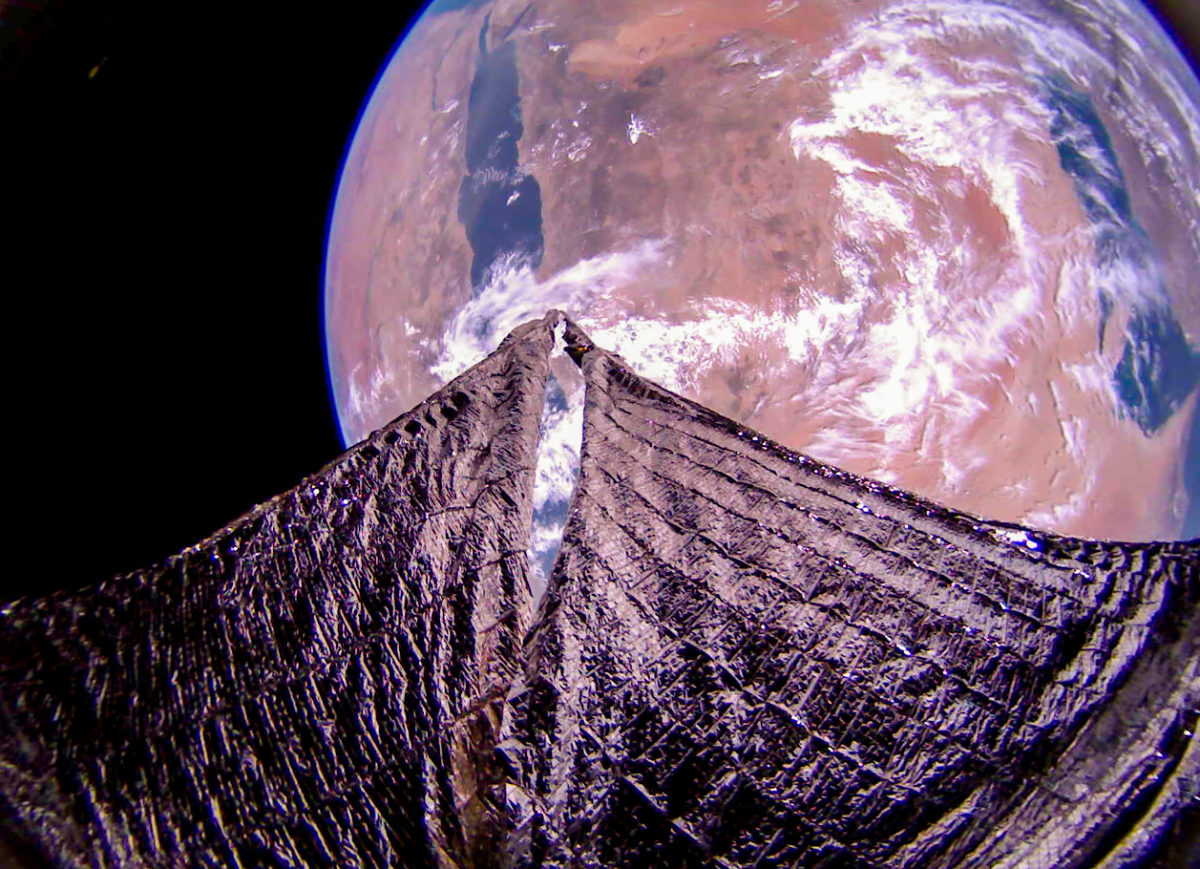
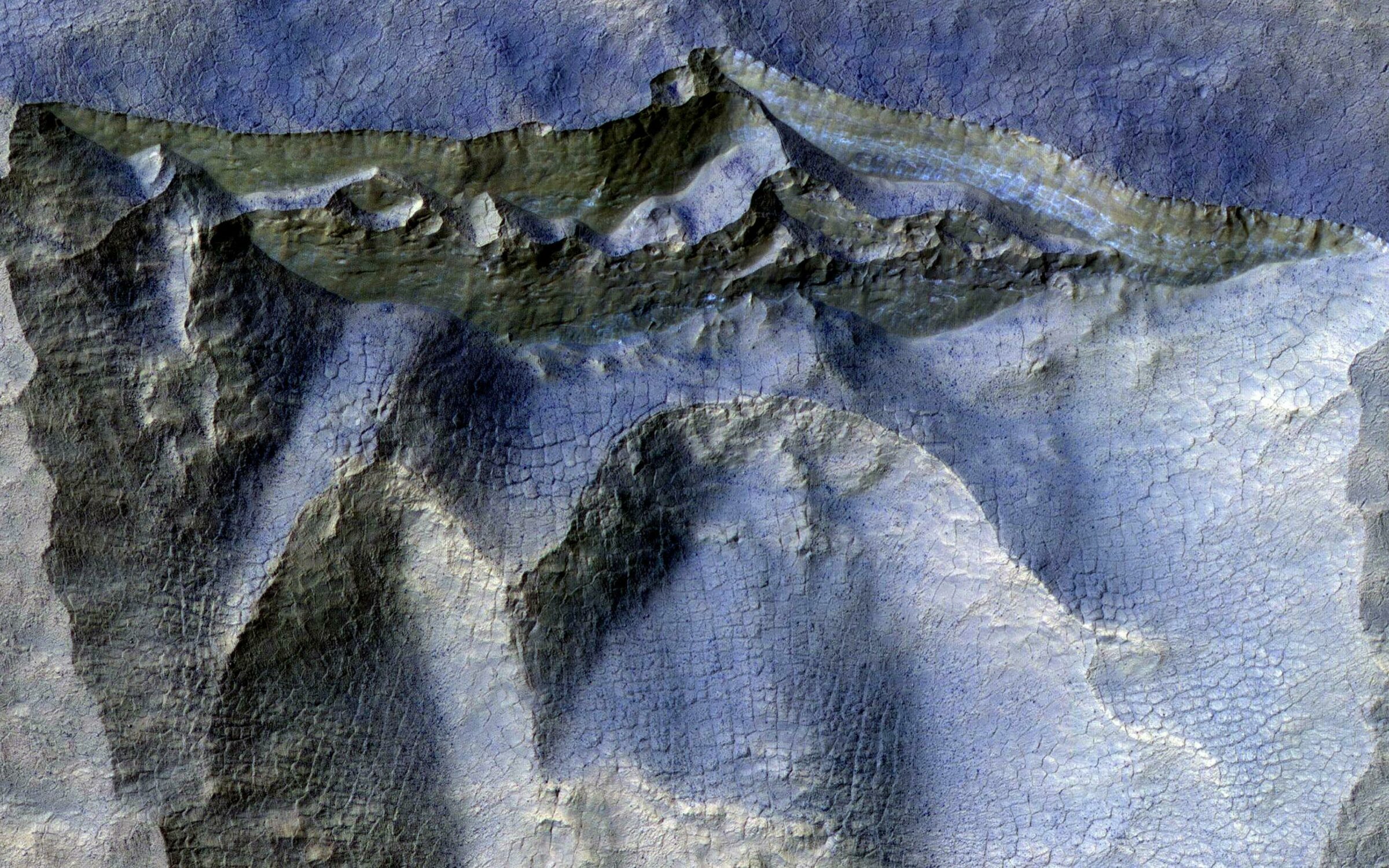
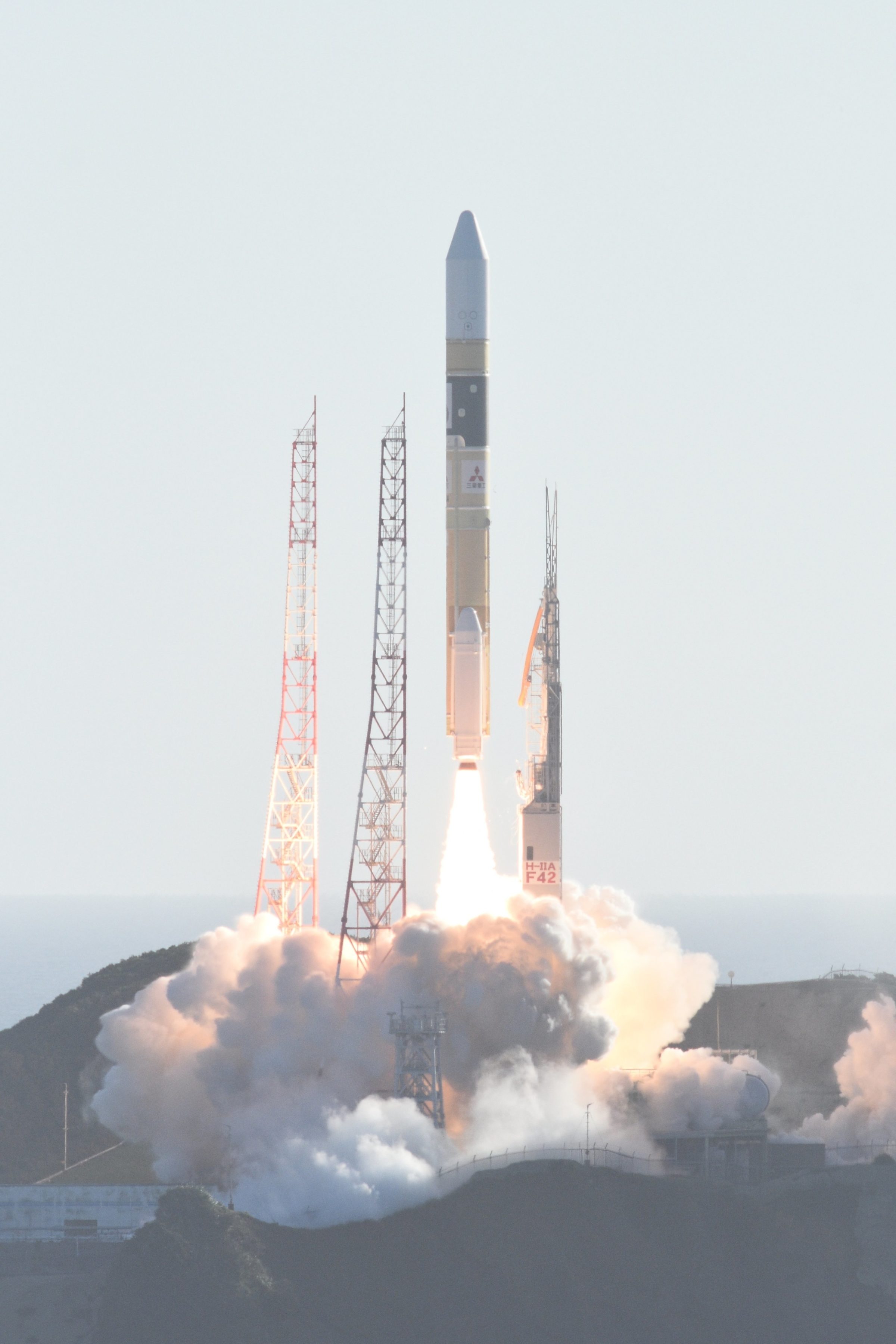
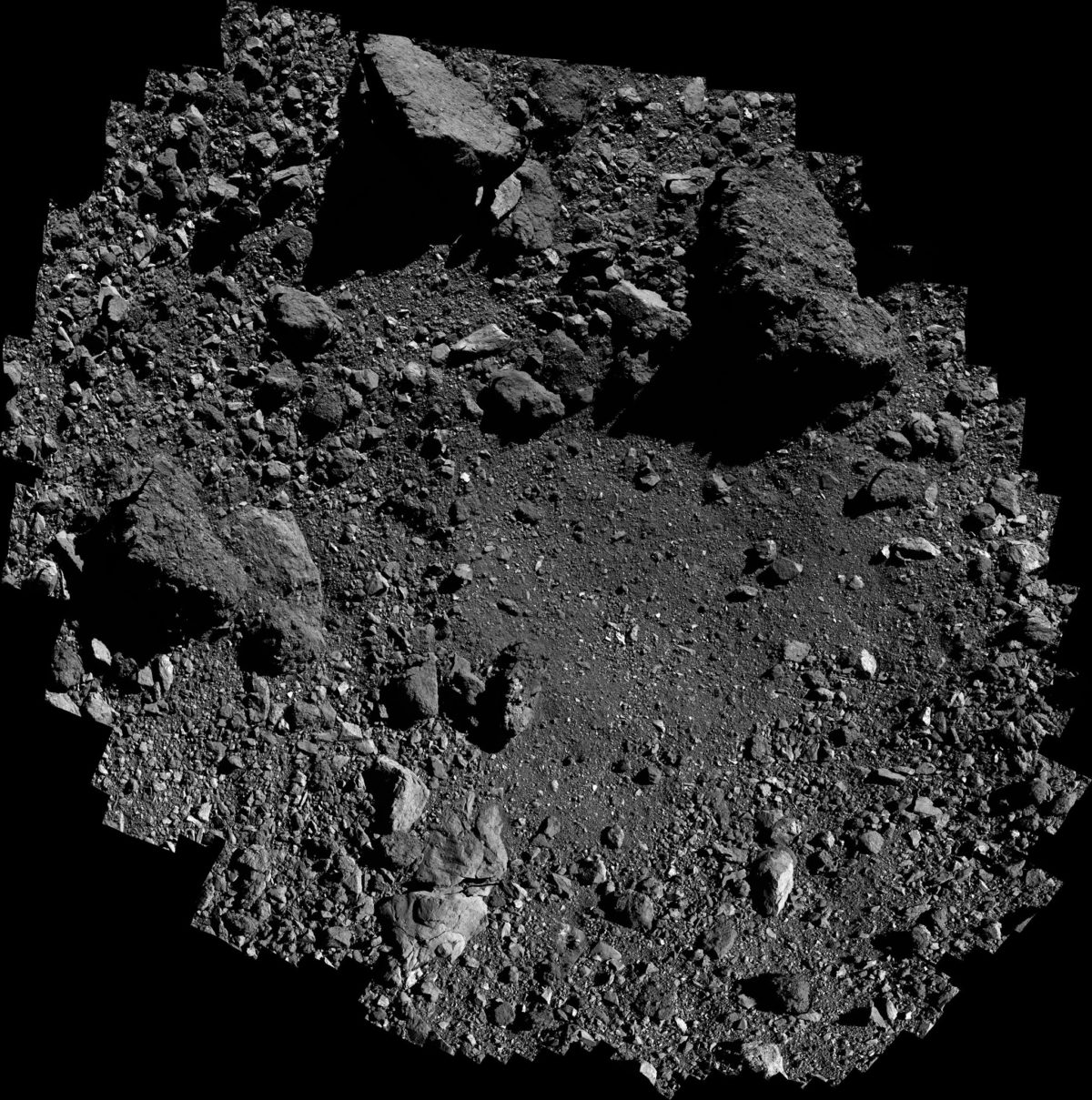
The Time is Now.
As a Planetary Defender, you’re part of our mission to decrease the risk of Earth being hit by an asteroid or comet.
Donate TodayThe Planetary Report • December Solstice
Help advance space science and exploration! Become a member of The Planetary Society and you'll receive the full PDF and print versions of The Planetary Report.


 Explore Worlds
Explore Worlds Find Life
Find Life Defend Earth
Defend Earth


